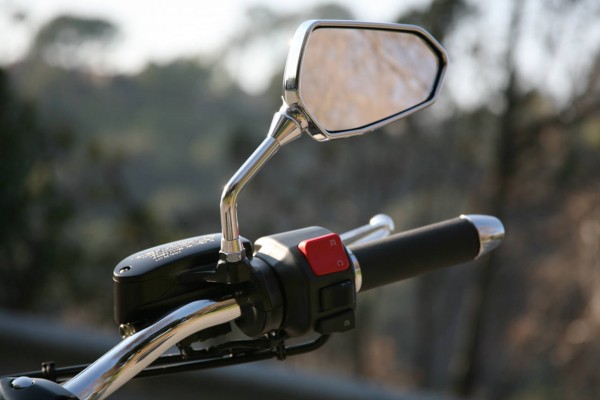
Highways offer motorcyclists a sense of freedom since there is typically little or no traffic congestion. You can ride at high speed without any cause for alarm.
But what happens when things go rogue when obstacles appear on the highway? Unforeseen obstacles cause accidents. With a possibility such as this in view, it is only wise for you, as a motorcyclist, to kit up properly for unforeseen events.
Adhering to safety measures while riding on a motorcycle is vital. And like personal injury attorney Lin McCraw rightly says, “Safety should be your primary objective while riding on a motorcycle. Every other thing is secondary.”
Motorcycle Safety Tips For Helmet Fitness.
A helmet is a significant gear to wear for motorcycling to ensure safety. Therefore, people riding on a motorcycle should wear a helmet to enjoy its safety and comfort. Here are some helpful tips the Motorcycle Safety Foundation recommends on wearing helmets the right way:
- Handle the helmet by the jaw lashes, spread the sides to some degree, then pull down on your head.
- The helmet might feel tight to some degree at the beginning, yet it should sit comfortably and firmly on your head, with the cheek pads reaching your cheeks gently, without openings between your temples and the brow pads.
- Push on the chin piece to ensure the helmet and your safeguard don’t have contact with your nose or jaw.
- Attach the straps securely, moving the helmet around, from side to side, all over with your hand. You are to feel your head moving with the helmet and not the helmet moving around on your head. Also, attempt to push the helmet ahead off of your head; it should be firmly fit on your head.
- When you take off the helmet, check if your head feels sore, and check for any red spots on your temple. These are signs that it’s unnecessarily tight, which can cause pains in your cerebral column afterward since the helmet would have been on for quite a while.
- New helmets will widen as the comfort liner packs, so if your helmet is new, ensure that it’s tight and still not uncomfortable.
Motorcycle Guide for Riders
To ensure your safety as a motorcyclist, here are some guides that you will find helpful while on the road.
Navigating Intersections
Intersections are common collision points between cars and motorcycles, mainly when a vehicle comes from the right or left corners in front of you. At points like this, you are to check traffic on all sides. Light changing in color from red to green implies that you have the right side, so you will need to look carefully to see if there is enough space and time to turn and ride on.
Riding At Night
Riding at night requires you to apply more care on the road since the only light you would have available will be headlights of vehicles and probably the street lights. You might also encounter drunk drivers who are half-conscious of their environment on the road.
Slow down at night, especially if the climate happens to be cloudy and windy. It would be best to meticulously inspect your headlights to ensure no scratches are on them. Scratches on headlights can cause refractions in the light.
Riding with A Passenger
While riding with a passenger, you must take precautions in the following areas:
- Ensure that your passengers put on a full-face helmet just like you
- Enlighten them on being careful about the hot spots of the motorcycle
- Instruct them on when it is safe to climb on and off of the bike
- Their feet are to remain on the footrests, even after you stop for a while
- At turning points, tell the passengers to look over your shoulder in the direction you are to turn to
- Permit your passenger to brace your waist and slightly lean backward when you stop
- Try to be more than two seconds away from the vehicle you want to bypass so that you can see ahead and around.
Passing Other Vehicles
Overtaking is a common occurrence on the road. However, before passing other vehicles, use your turn signal and mirror. Additionally, ensure to check to see that no one is attempting to pass simultaneously. If you ever need to change to your original lane, use your signal and check your shoulder for double surety.
Conclusion
Riding will be much more fun and safe if riders pay more attention to safety. You might also want to consider getting a motorcycle insurance quote for additional cover in case of accidents.








